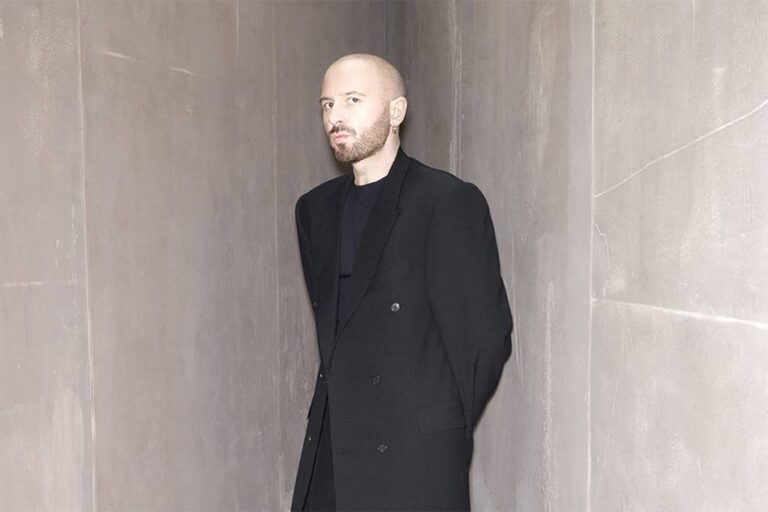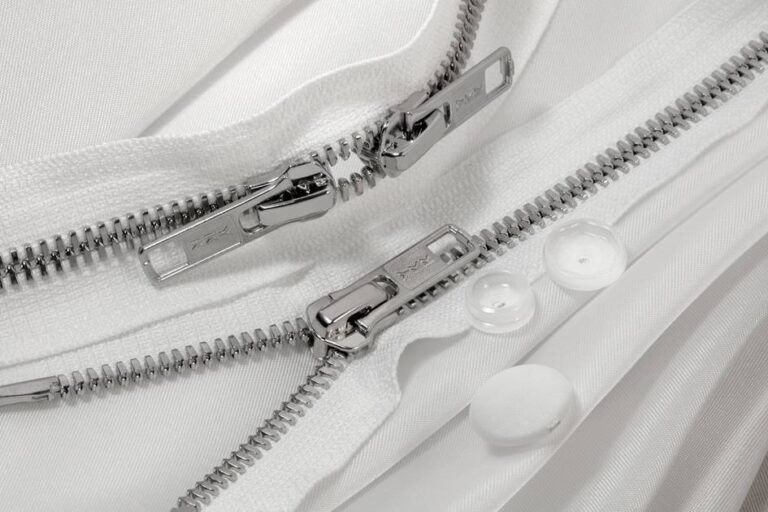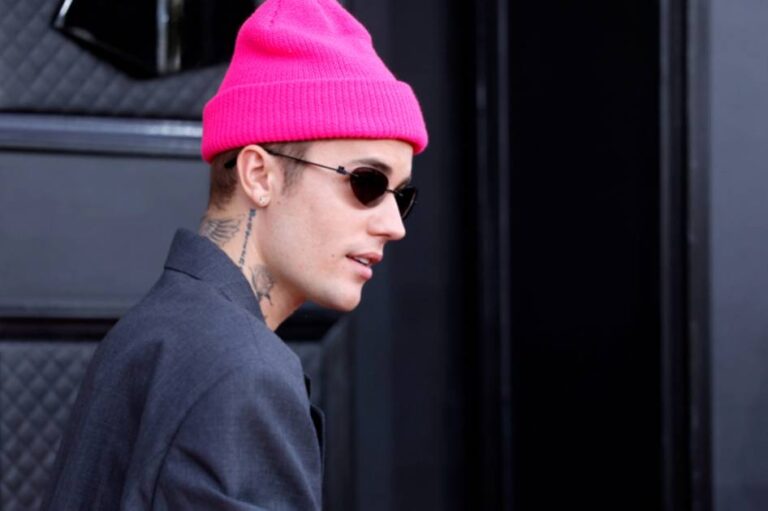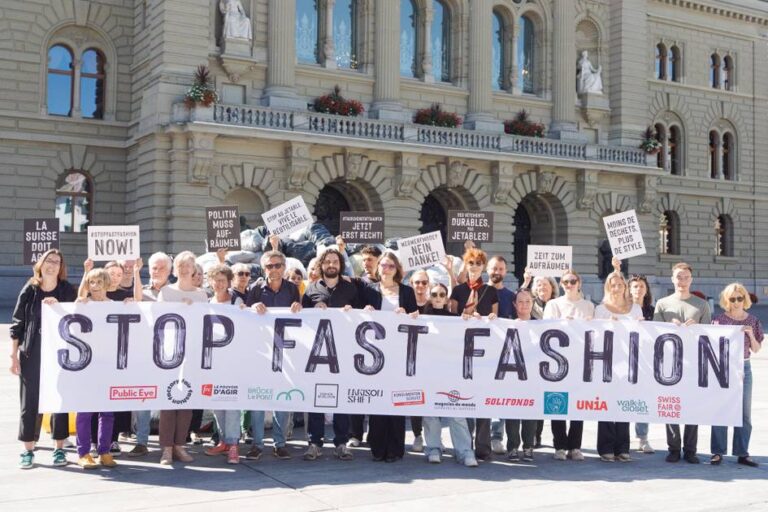Women Designers Still Seeking Opportunities Amid Global Fashion Shake-Up
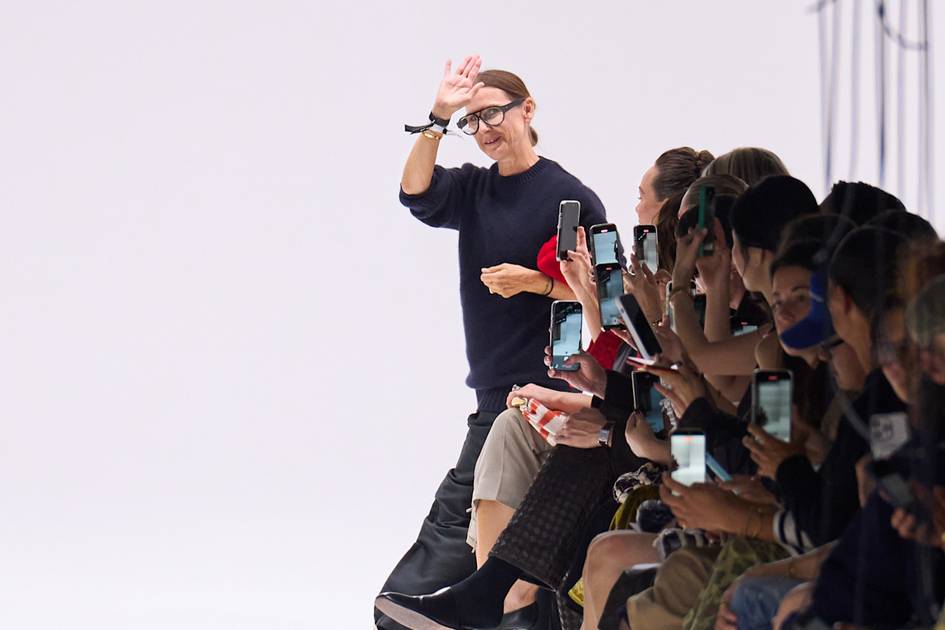
Current Fashion Trends and Leadership Landscape
The world of fashion is experiencing a dynamic shift, showcasing trends like ruffles, corsetry, pronounced shoulder pads, and sheer “naked dresses.” Meanwhile, one notable absence from the spotlight is the representation of women in top design roles.
During the Spring-Summer 2026 womenswear Fashion Weeks in Paris and Milan, the impact of recent changes in leadership within the luxury fashion sector was evident. Major brands, including Chanel, Dior, and Balenciaga, revealed their latest collections under new artistic directors.
In Milan, prestigious houses such as Gucci, Versace, and Bottega Veneta also introduced new talent. However, it was only Louise Trotter from Bottega Veneta who took the stage to the applause as the sole female lead—while male designers, such as Matthieu Blazy at Chanel and Jonathan Anderson at Dior, succeeded prominent female figures.
The Role of Women in Fashion
According to Karen Van Godtsenhoven, a fashion scholar from the University of Ghent and curator of the “Women Dressing Women” exhibition, there seemed to be a momentary uplift for women in leadership roles prior to the pandemic. However, she believes that Covid has pushed society back toward more conservative ideologies, reinforcing the traditional notion of the male designer at the helm of fashion houses.
Dana Thomas, an established American fashion writer, attributes this setback to the industry’s concentration of power among conservative male executives. She emphasized that Chanel missed an important opportunity by not appointing a female leader for a brand originally established by Gabrielle “Coco” Chanel, one of the most significant figures in fashion history.
The Glass Ceiling in Fashion
Despite the onset of women in leadership positions within some major fashion brands, such as Sarah Burton at Givenchy and Maria Grazia Chiuri at Fendi, the overall male dominance persists. Frederic Godart, a professor at INSEAD, explained the barriers women face, including systemic glass ceilings and the demanding culture within the luxury fashion industry.
He pointed out that the longstanding belief in the “male genius designer” further complicates women’s rise to prominent roles. This myth perpetuates the idea that men are the visionaries in the fashion realm.
Women designers who recently held positions at Chanel and Dior were often seen as continuity figures rather than innovative leaders, reinforcing the stereotype of women being relegated to crafting roles while men are hailed as visionaries.
Emerging Female Talent in Fashion
Despite the challenges, the fashion industry is rich with talented female designers. Many have made their mark through management positions in luxury brands or are choosing to establish their own labels. The current landscape shows that women constitute a significant portion of management at companies like Chanel and Gucci.
Statistics from Kering indicate that women occupy 58% of management roles and are equally represented on the executive board. However, the competition remains fierce, leading talented designers such as Iris van Herpen and Simone Rocha to carve their paths by launching independent labels.

In this evolving landscape, it is clear that while barriers persist, a new generation of capable female designers is ready to break through. How do you think the industry can support more women in leadership roles?

